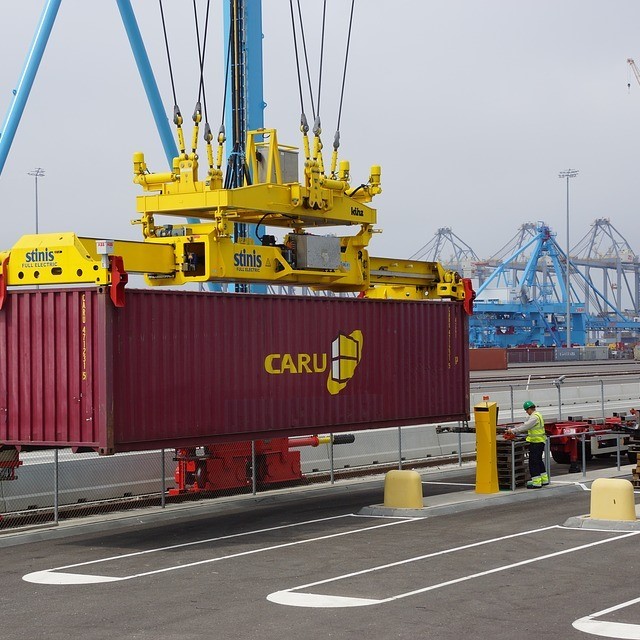Investment Strategies
Wealth Managers Reflect On US-China Trade Deal

After the US and China agreed on a deal to lower import taxes on goods being traded between the two countries, wealth managers comment on the impact.
The US and China have agreed on a reduction in the tariffs they imposed on each other, resulting in some tariffs being canceled and others being suspended.
As a result, the US will cut tariffs on Chinese goods from 145 per cent to 30 per cent for a 90-day period, while China will lower its tariffs on US imports from 125 per cent to 10 per cent over the same timeframe. Equity markets have responded positively, with Chinese and Hong Kong stocks rallying on the news.
“This short-term reprieve is an encouraging signal for markets and should help restore some confidence. However, while the headline tariff cuts are sharp, they are also time-limited. But for now, sentiment may matter more than substance for market confidence – and domestic political support – than the content of any substantive agreement,” Stuart Rumble, head of investment directing, Asia Pacific, Fidelity International, said.
“First, although the reductions are temporary, they represent a notable shift in the overall effective tariff burden. The high US-China tariff regime has already caused major disruption, reducing bilateral trade between the world’s two largest economies and increasing the risk of a broader global slowdown,” Rumble continued.
“While neither economy is currently near a breaking point, a meaningful reduction in overall tariffs helps ease that risk. The US administration is likely to continue supporting demand through extended tax relief and other fiscal measures aimed at supporting household spending. China, having spent years preparing for renewed trade tensions by reducing reliance on US exports, also retains the capacity to expand domestic stimulus. These developments, coupled with lower trade barriers, should be supportive for both equity and credit markets,” Rumble said.
“Second, even with these tariff cuts, much of the shift in global trade flows has already begun. The decline in direct US-China trade has driven increased rerouting through Southeast Asia and other so-called third countries. Tariff differentials remain relevant and will continue to shape trade flows based on relative competitiveness, infrastructure capacity, and domestic policy responses. While these structural shifts will take time to materialize, as companies adapt their supply chains and logistics, they are important for investors considering their allocations to Asia.
“Lastly, while encouraging, this development perhaps should be seen by investors as an easing of tensions within a broader, long-term shift in the US-China relationship toward greater self-sufficiency,” Rumble said.
“This is a big deal, we’re seeing a bigger than expected reduction in tariffs come out of the US China talks. Taking everything into account we estimate the average US tariff on China is now 27 per cent. As a result, the US weighted average tariff rate is now about 12 per cent, well down from the post-liberation day peak of 28 per cent,” Paul Diggle, chief economist at Aberdeen, said.
“With talks continuing, the key issues are whether a full deal to lower tariffs permanently in exchange for mutually beneficial concessions can be agreed. We think probably yes, but at tariff levels which, while well down from the peaks, will be up from where they were at the start of Trump’s second term (and maybe up from here). While both sides came out of the talks saying they weren’t seeking “economic de-coupling,” the US highlighted “five or six strategic industries” (think pharmaceuticals or steel) where it’s looking for “strategic rebalancing,” Diggle added.
